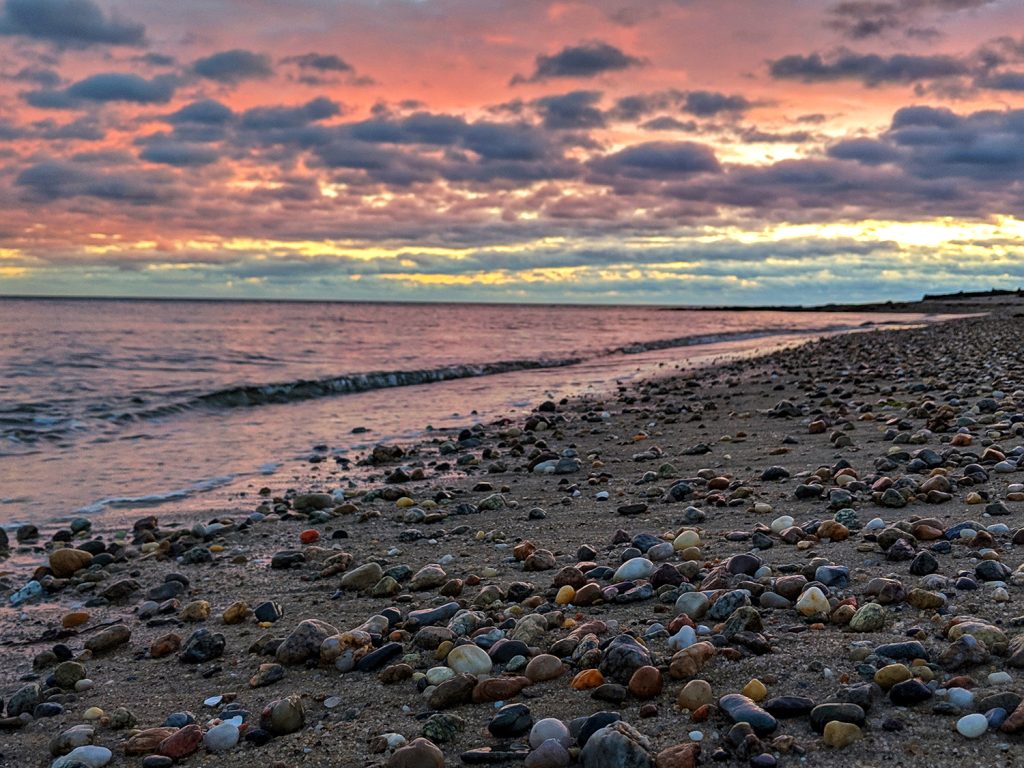

Kuweeqâhsunumun.
Y8 kutapuneân tâpatôtamuneât
kah pâhk8ânât
kumeenawânutam8ôkanunônash.
*Part of the morning address at the Weetumuw Katnuhtôhtâkamuq School.
In the United States, Native American Heritage Month is celebrated in November. For this article, the preferred term, Indigenous People will be used. Students who know their roots, culture and language are empowered. For Indigenous students this is especially important. This is the mission of the Weetumuw Katnuhtôhtâkamuq in Mashpee, Massachusetts. A school founded in 2016 by members of the Wampanoag community on their tribal land. The school is headed by linguist Dr. Nitana Hicks Greendeer, whose first name means “my daughter” in Algonquin, a language of the Algonquian family.
Dr. Greendeer states the goal of the school is to, “teach our children to be Wampanoag people.” Children who will be able to help keep culture present in our community.”
Currently the school has 24 students in grades Preschool – 3rd grade with plans to include additional grades in the future. Initially modeled after montessori schools, Weetumuw Katnuhtôhtâkamuq Wôpanâak language and culture-based education as a form of decolonization. With a focus on leadership, community values and cultural practices, students are afforded the opportunity to learn about relevant topics in real time, with less restriction to pacing guides and standardized assessments. For example, a community member had recently hunted ducks and was able to demonstrate, in the classroom, how to prepare the ducks for cooking. For students to make connections between their community, environment and language are vital components of the program. A requirement for enrollment is for students to be part of a household where Wôpanâak is spoken so as language is learned at school it can be continued at home. Students at Mashpee High School have the opportunity to continue learning Wôpanâak as well. In 2020 Alyssa Harris, a Wampanoag and graduate of Mashpee High School was the first to seek the Seal of Biliteracy for an idiginous language in Massachusetts.
Wampanoag written language, one of the first indigenous languages to develop and use an alphabetic system, is part of the Algonquian language family, has 20 letters, 13
consonants and 7 vowels.
Here are some words that derived from Wôpanâak:
Pumpkin: Pôhpukun (ponh-pu-kun) = ‘grows forth round’
Moccasin: Mahkus (mah-kus) = ‘Covers the whole foot’
Skunk: Sukôk (su-konk) = ‘Ejects body fluid’
Moose: M8s (moos) = ‘moose’
Who Are Indigenous Students?
Language preservation and reclamation is important, especially now. Language and culture are interconnected. An affirmation of one’s culture can easily rest in one’s ability to communicate with members of the community. In 2016-17 approximately 8% of English learners in the United States identified as American Indian/Alaska Native (U.S. Department of Education, May 2020). Of the languages spoken by American Indian/Alaska Native, these are the top five and states where they were reported; Navajo (AZ, NM, UT), Yupik languages (AK), North American Indian (MT, NM), Cherokee (OK), and Zuni (NM) (U.S. Department of Education, May 2020). As we work to create more diverse, equitable and inclusive school communities for all students, we must acknowledge, celebrate and affirm all languages, even those less known. Like the Toussaint L’Ouverture Academy in Boston, the Weetumuw Katnuhtôhtâkamuq, is yet another example of how a community is reclaiming not only its language but also positively influencing the trajectory of its next generation of bilingual and biliterate citizens.
The founder, Jessie ‘little doe’ Baird, began The Wôpanâak Language Reclamation Project in 1993. The work involved intensive study which led to the Wampanoag dictionary project. As a young woman she had dreams of her ancestors speaking to hear in a language she couldn’t understand. Decades later, having earned a master’s degree in Linguistics from MIT, awarded the MacAuthor Foundation Fellowship among other prestigious awards, she along with other Wampanoag community members, can celebrate the revitalization of their language.
U.S. Department of Education, National Center for Education Statistics (2020, May). English Learners Who Are American Indian/Alaska Native. Retrieved from https://ncela.ed.gov/files/fast_facts/FactSheet_ELsWhoAreAIAN_041020_508.pdf
For ideas on how to celebrate Native American Heritage/ Indigenous People Month visit the following websites:
Colorín Colorado
https://www.colorincolorado.org/books-authors/literacy-calendar/american-indian-alaska-native-and-native-hawaiian-heritage
Library of Congress
https://nativeamericanheritagemonth.gov/
Mashpee Wampanoag Tribe
https://mashpeewampanoagtribe-nsn.gov/
National Congress of American Indians
https://www.ncai.org/initiatives/native-american-heritage-month
PBS
https://www.pbs.org/specials/native-american-heritage-month/
Ayanna Cooper, Ed.D, is an advocate, educator, native of Massachusetts, and the owner of A. Cooper Consulting. She is author of And Justice for ELs: A Leader’s Guide to Creating and Sustaining Equitable Schools (Corwin) and the editor of the Pass the Mic series.





